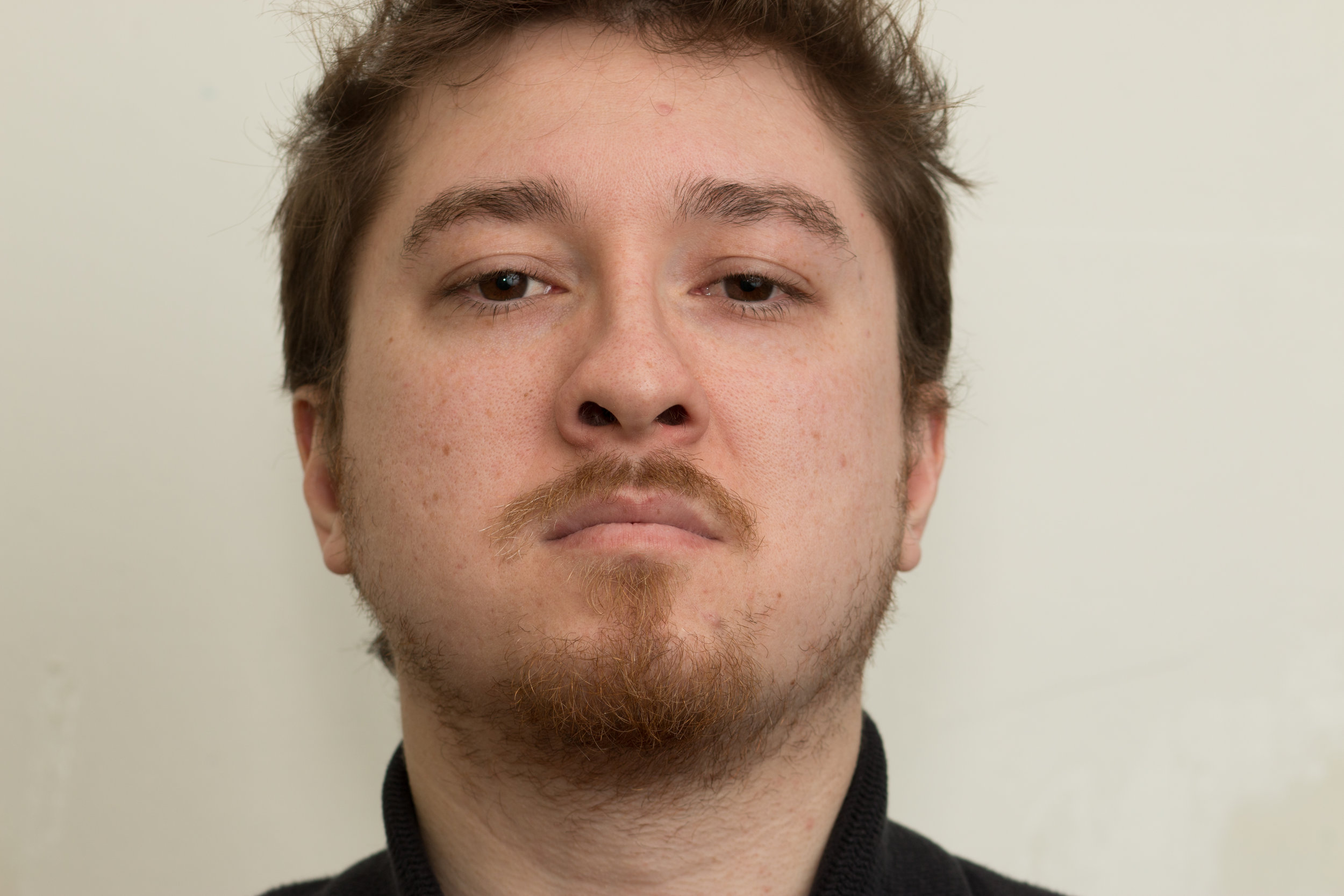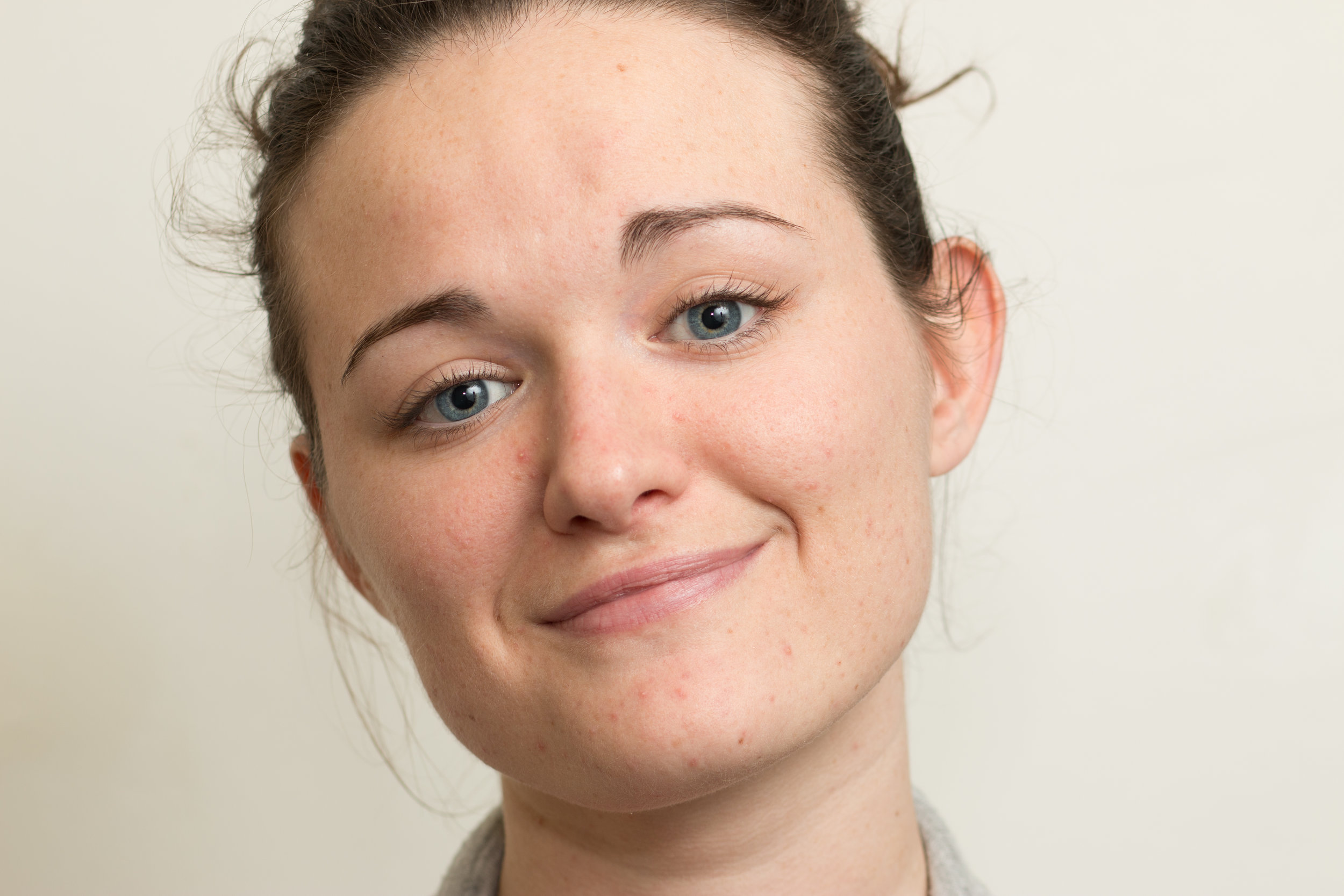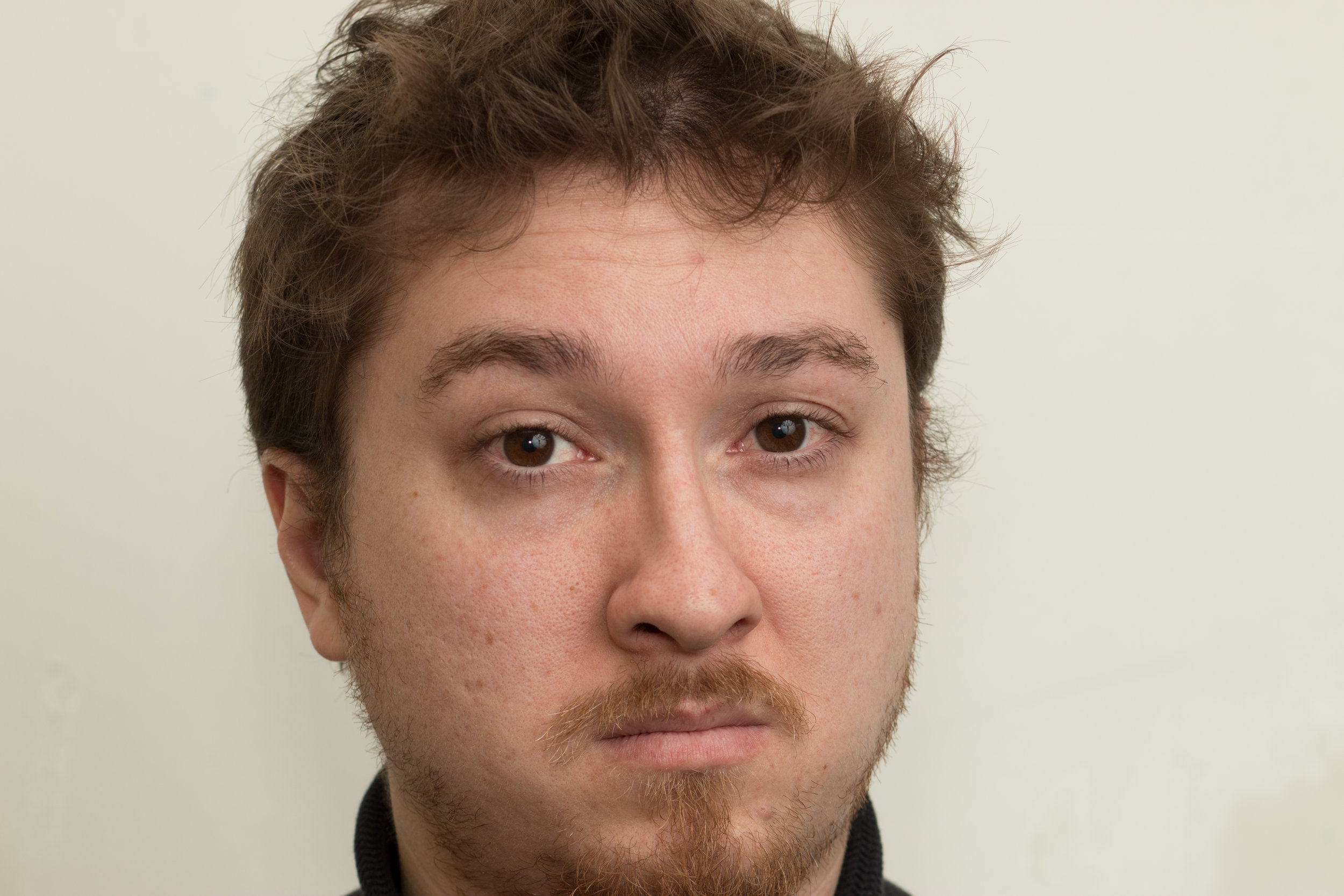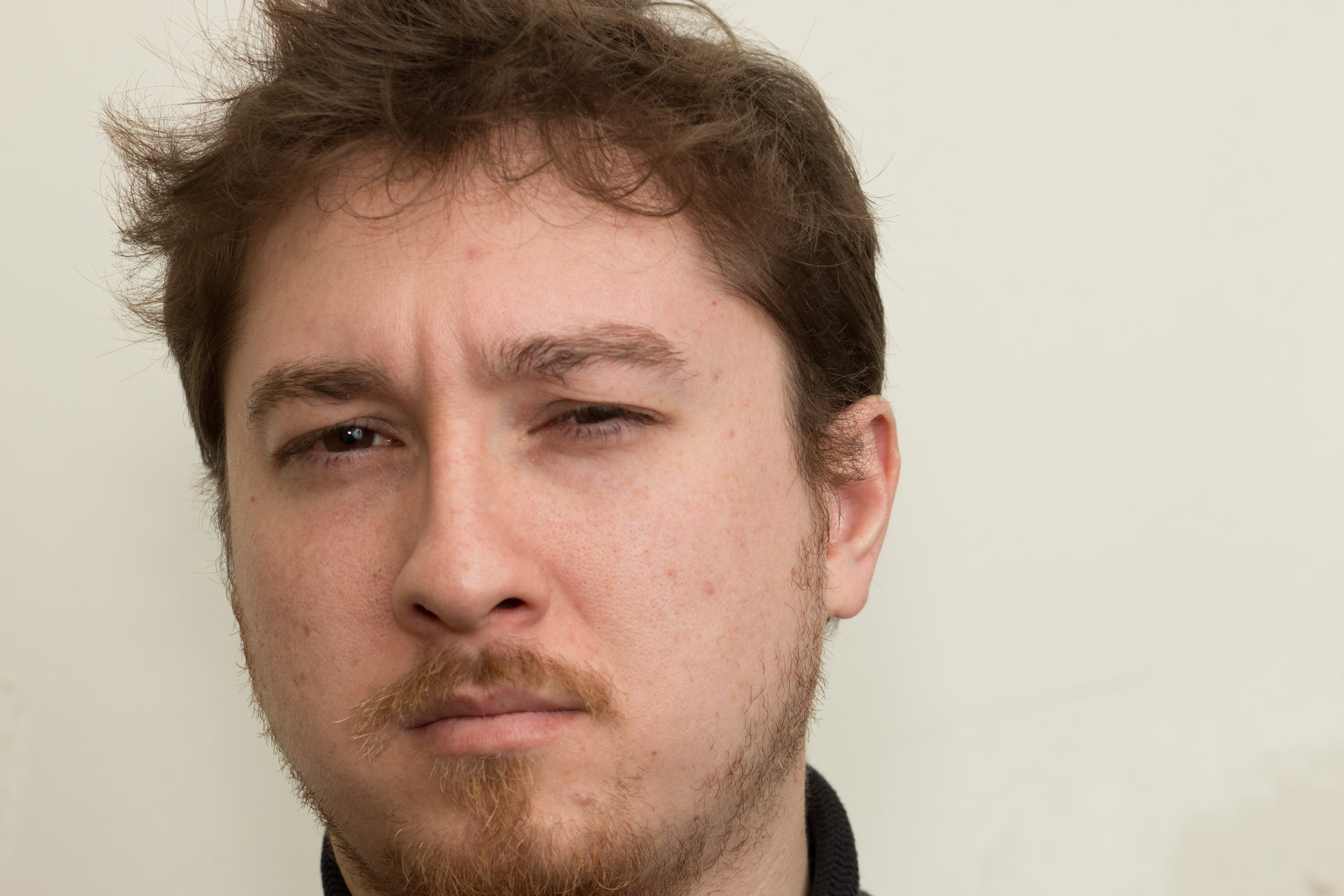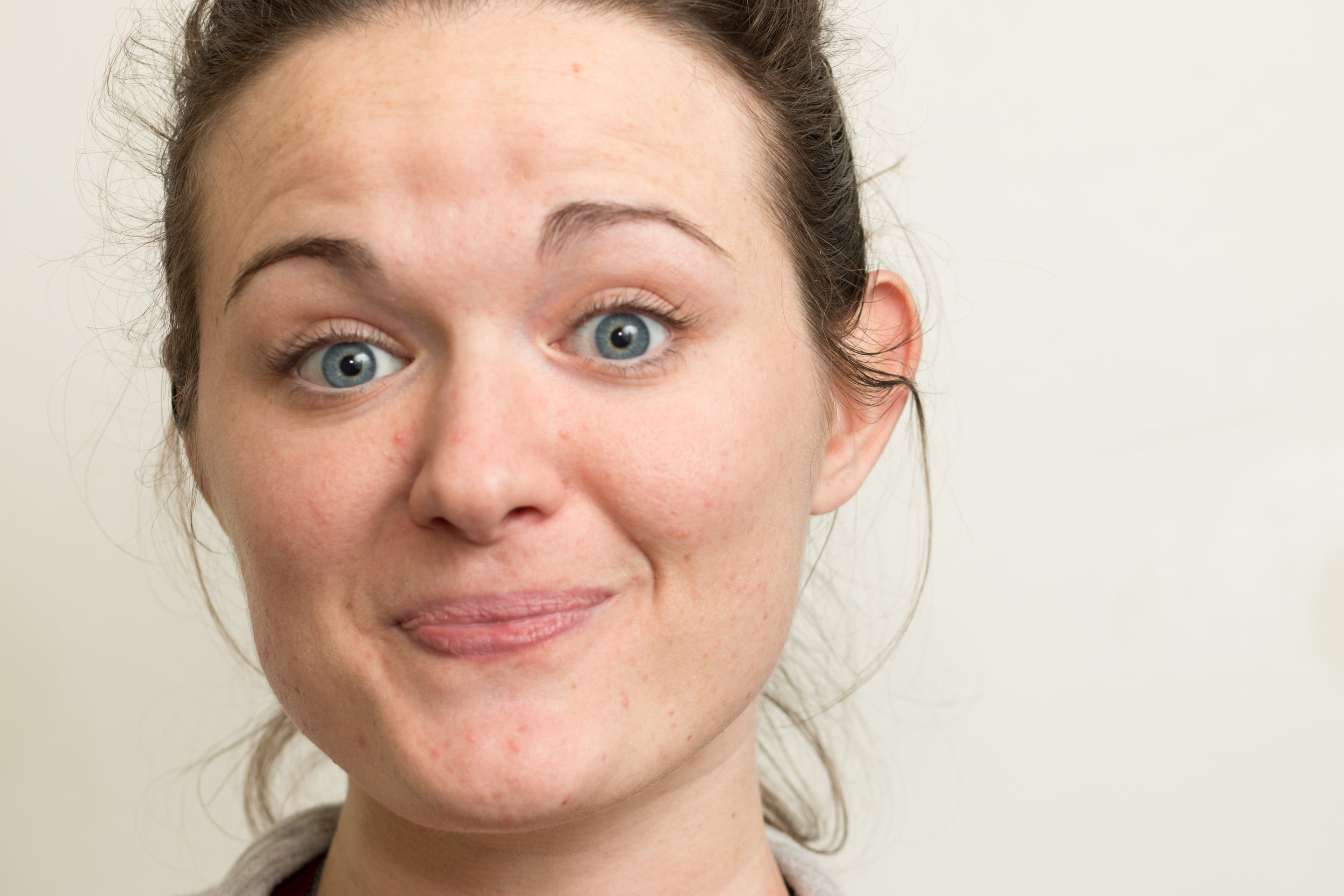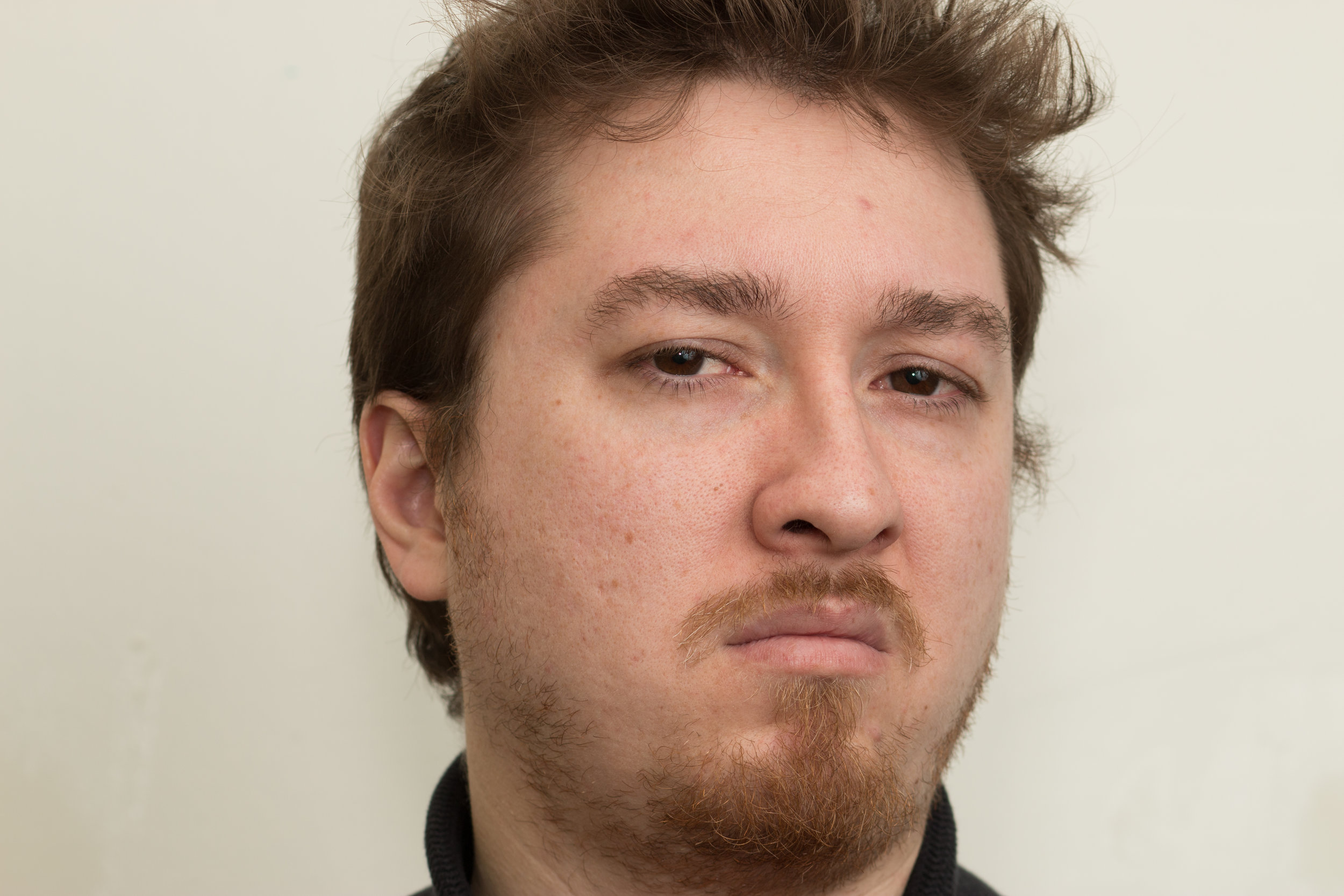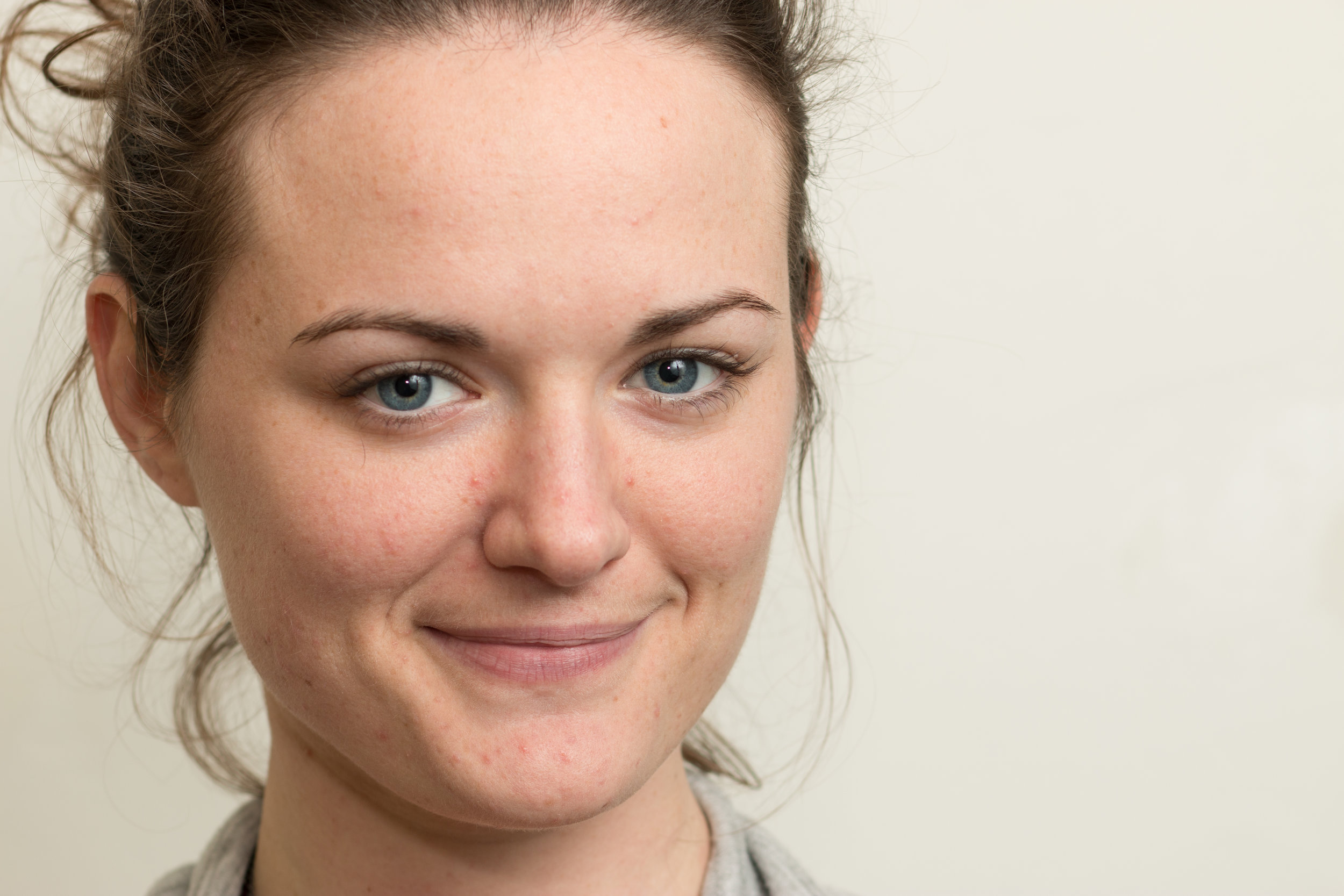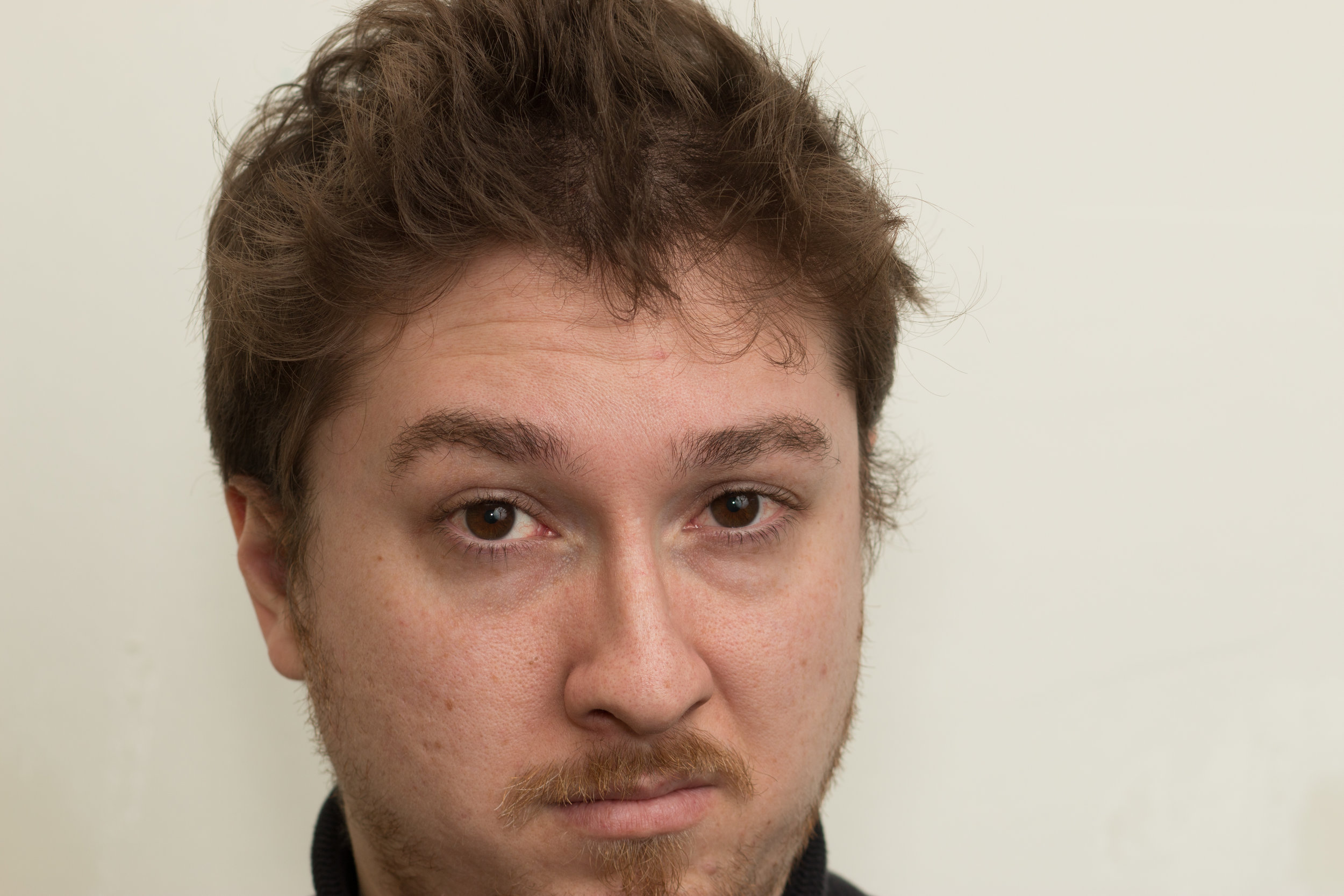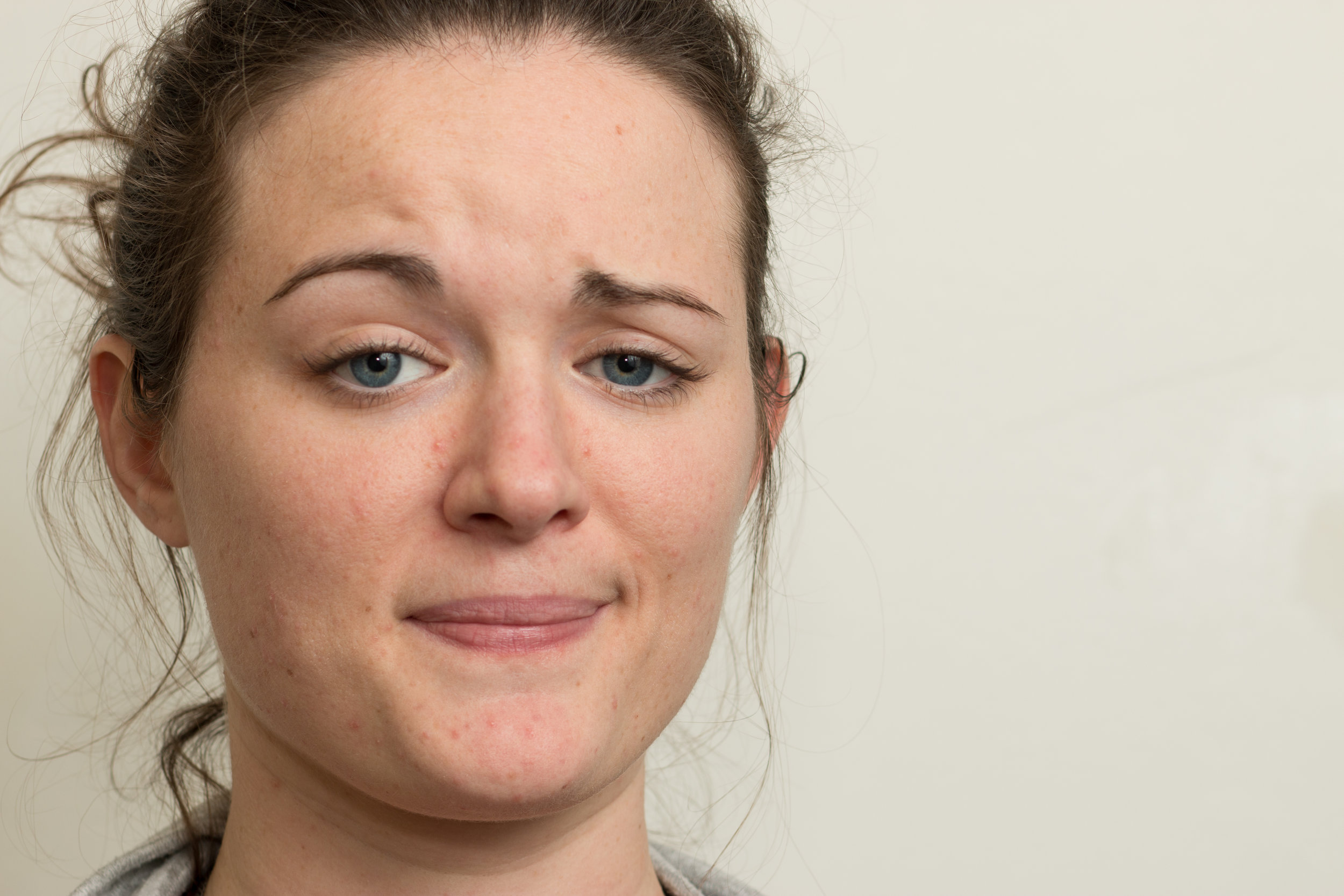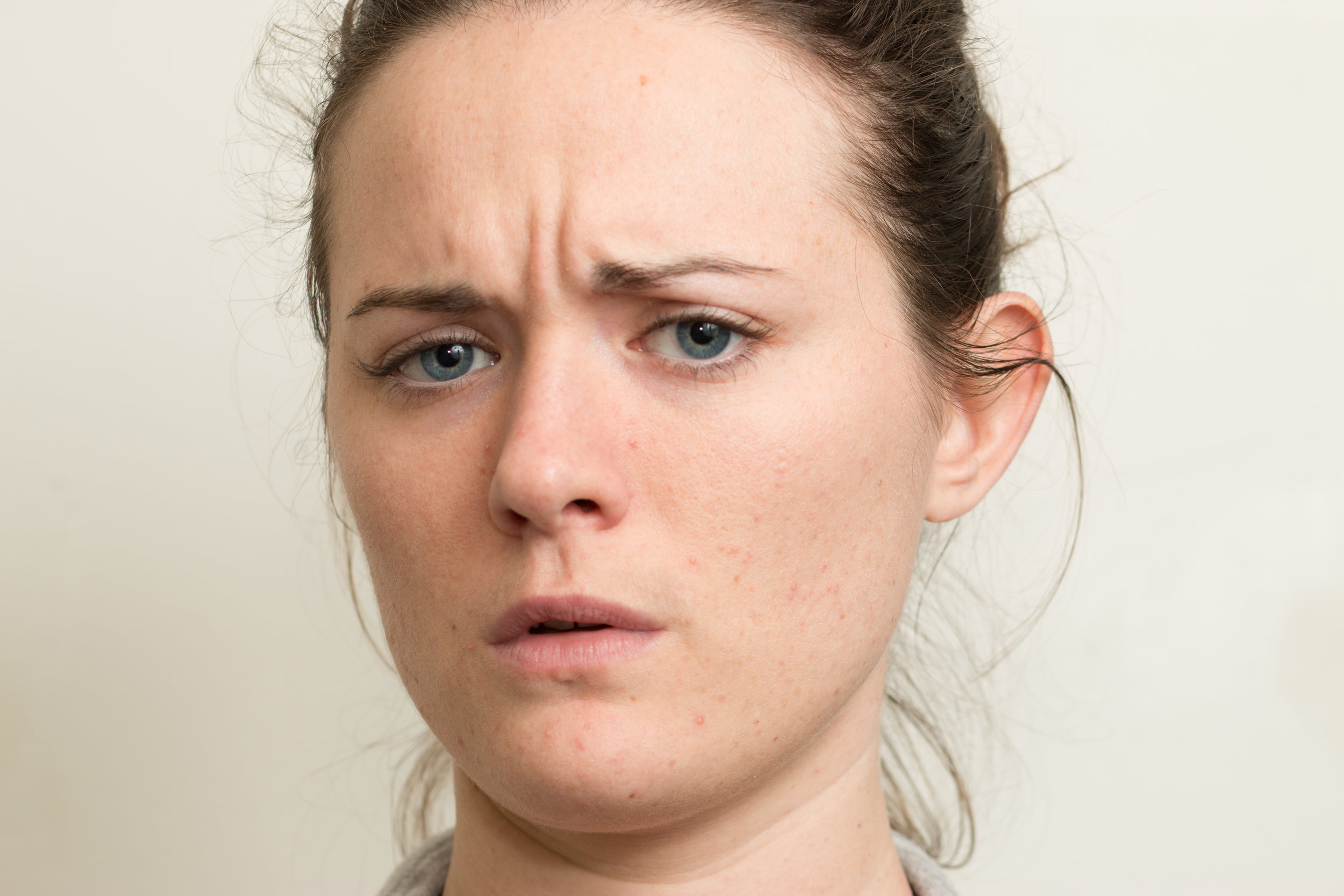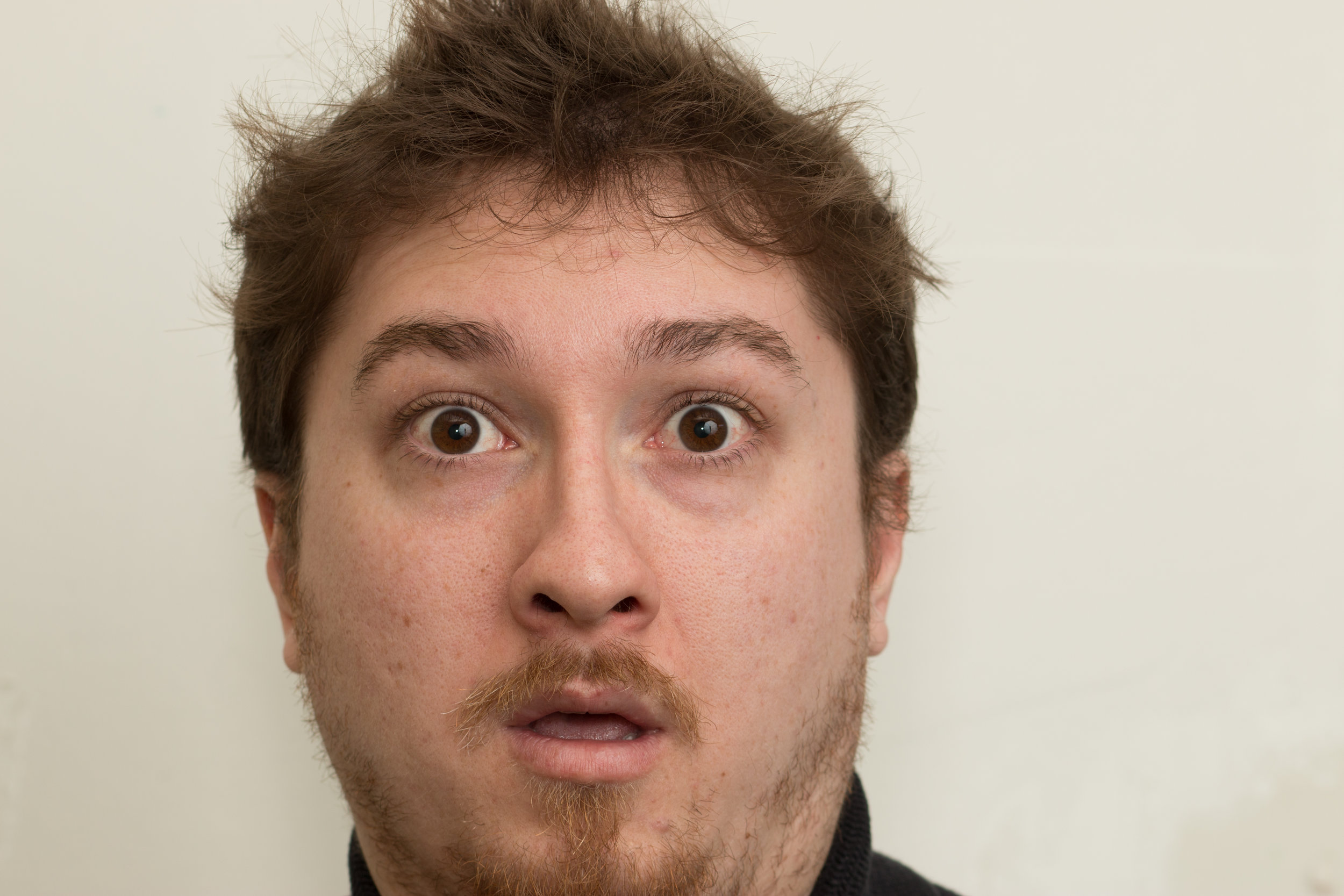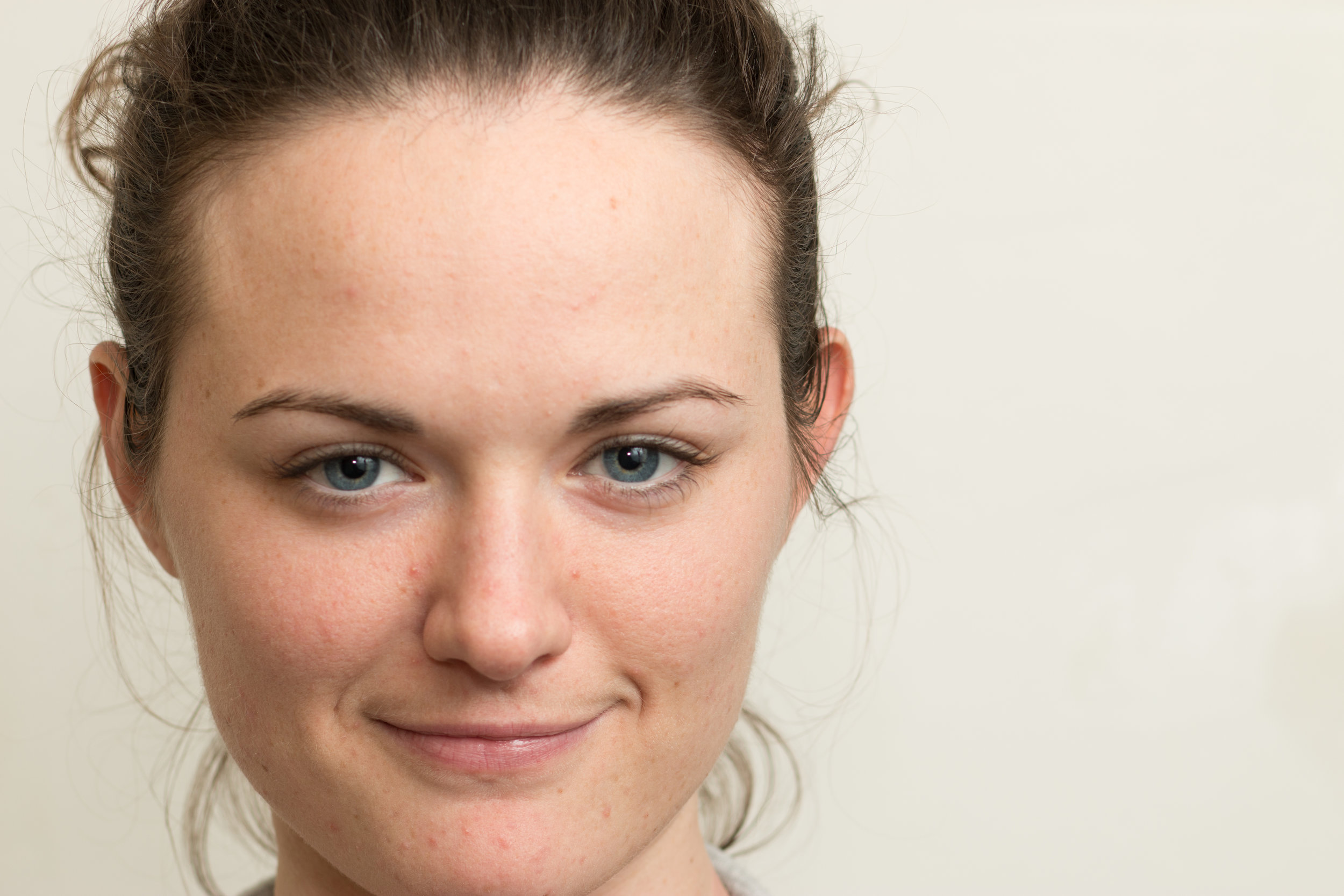Sensitivity to binocular disparity is reduced by mild traumatic brain injury
Gunnar Schmidtmann, Tatiana Ruiz, Alexandre Reynaud, Daniel P. Spiegel, Maude Laguë-Beauvais, Robert F. Hess, Reza Farivar
Purpose: The impairment of visual functions is one of the most common complaints following mild traumatic brain injury (mTBI). TBI-associated visual deficits include blurred vision, reading problems and eye strain. In addition, previous studies have found evidence that TBI can diminish early cortical visual processing, particularly for second-order stimuli. We investigated whether cortical processing of binocular disparity is also affected by mTBI.
Methods: In order to investigate the influence of mTBI on stereopsis, we measured the quick Disparity Sensitivity Function (qDSF) in 22 patients with mTBI. Patients with manifest strabismus and double vision were excluded. Compared to standard clinical tests, the qDSF is unique in that it offers a quick and accurate estimate of thresholds across the whole spatial frequency range (Reynaud, Gao, & Hess, 2015, Vision Research, 113, 97–103).
Results: The resulting qDSF parameters (max gain and peak spatial frequency) in the mTBI patients were significantly reduced compared to the normative dataset (n = 61) introduced by Reynaud et al. (2015). The peak spatial frequency was not affected.
Conclusions: Results show that patients with mTBI may experience significant impairments in global stereopsis. We argue that the reduced disparity sensitivity in patients with mTBI is caused by cortical changes (e.g. axonal shearing, or reduced interhemispheric communication) rather than oculomotor dysfunction. The qDSF method may provide a rapid, valid, and economical tool to extensively characterize disparity sensitivity.



